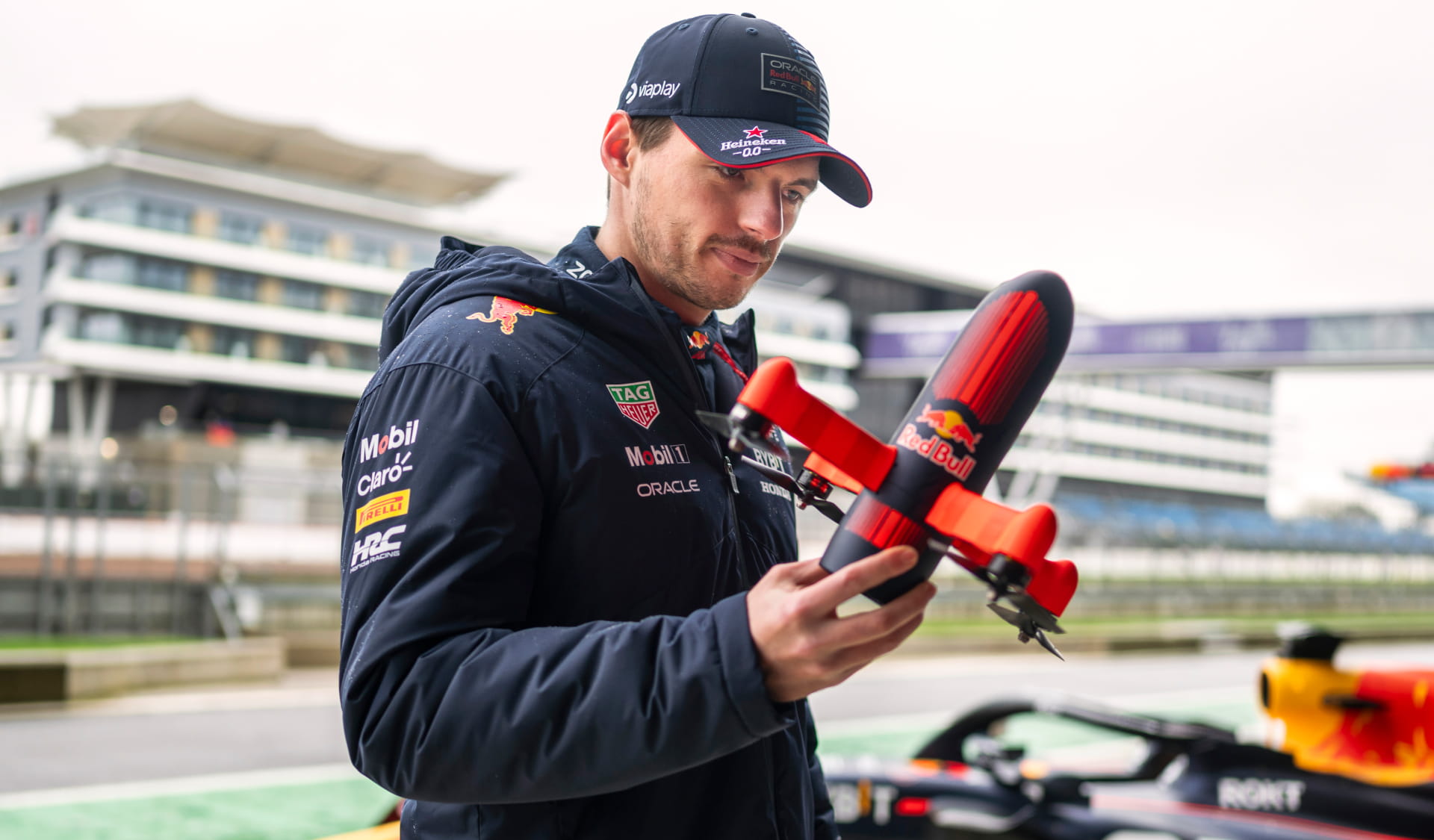Car
Mercedes W15: Why the F1 team has struggled with its innovative car
by Rosario Giuliana
6min read
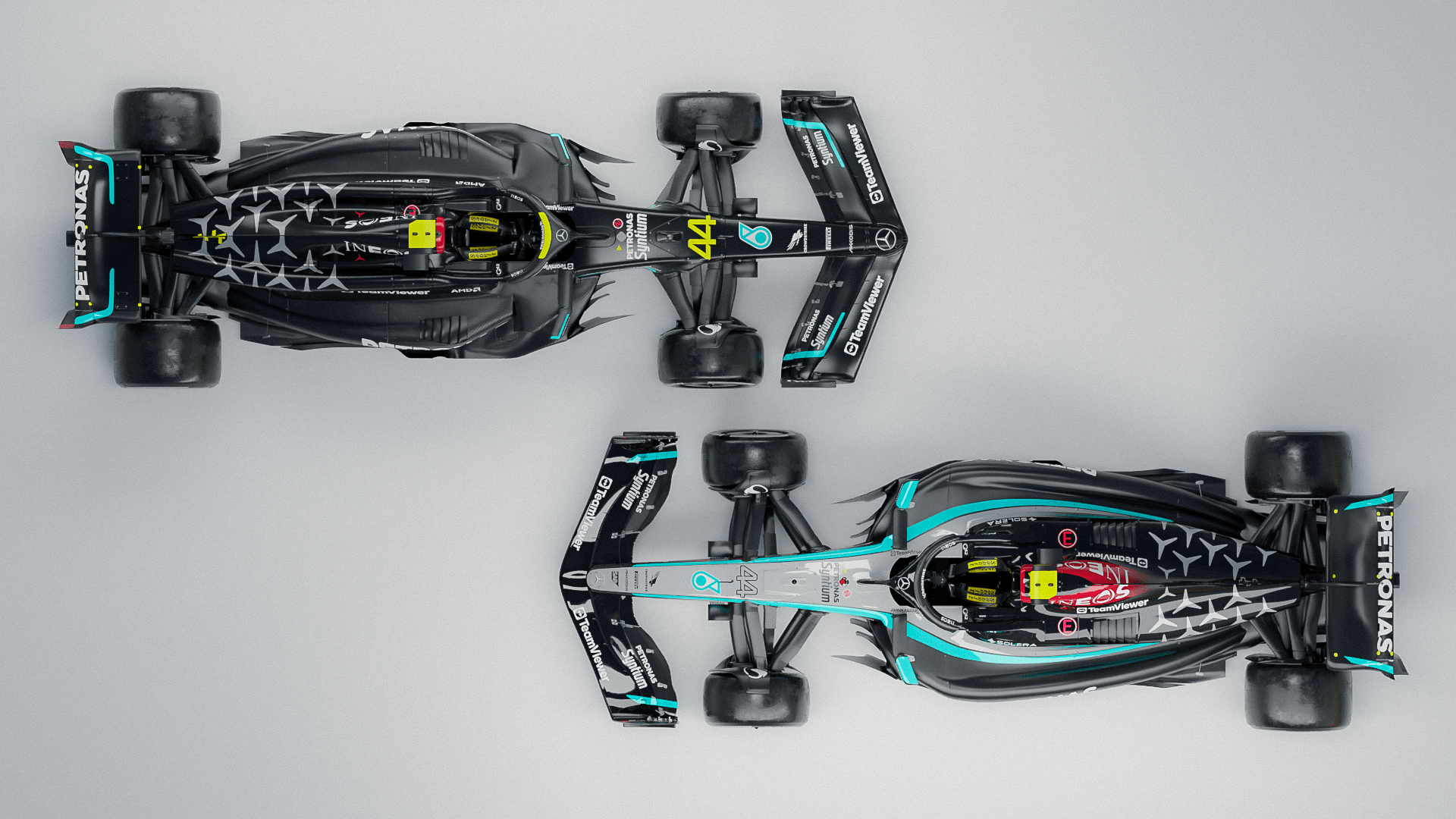
The much-anticipated Mercedes W15 was supposed to bring the eight-time constructors’ champions back to a competitive place after conceding the last two titles to Red Bull. However, we’ve seen Mercedes struggling for pace compared to Red Bull – plus Ferrari and McLaren.
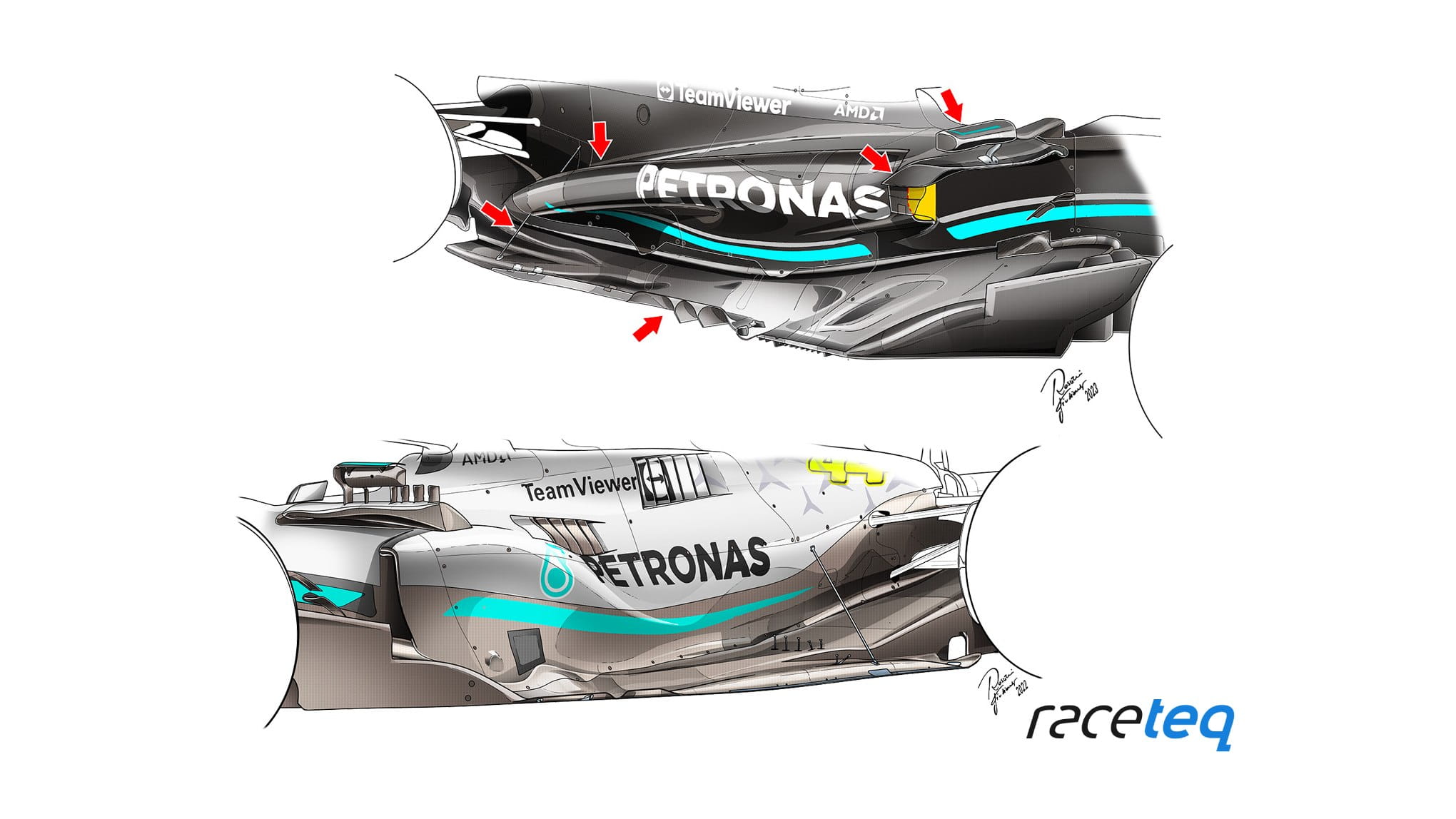
A comparison showing the ‘zero-pod’ design (below) and the updated sidepod (above) from the 2023 Monaco GP, with red arrows showing the biggest changes
From ‘zero-pods’ to a car suffering from bouncing
continues below

An illustration showing the floor of the Mercedes W14, with two significant channels running from the sidepods to the rear
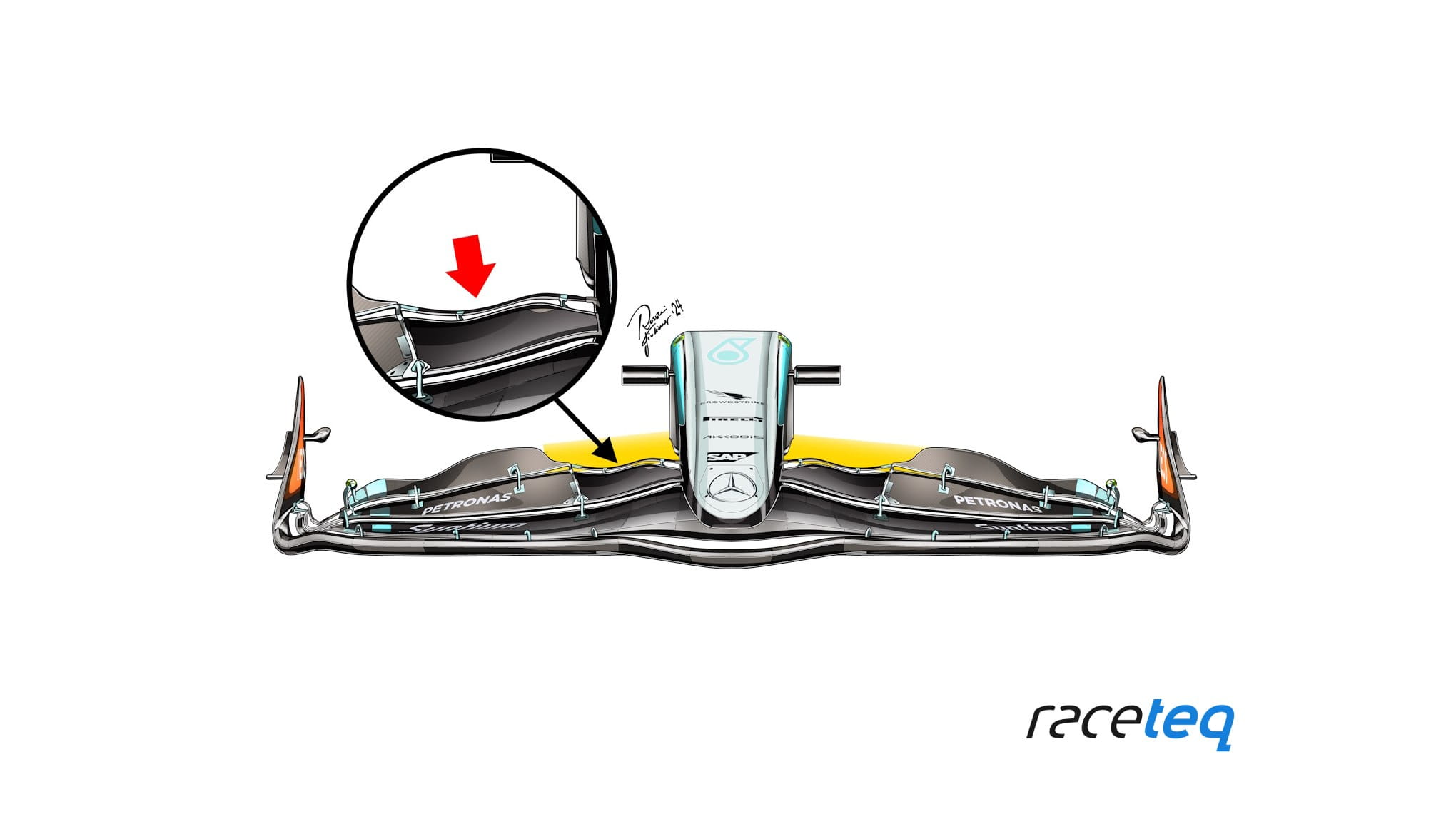
The Mercedes front wing design that turned heads with a very thin top-most flap
.jpg?cx=0.5&cy=0.5)
Car
Pushrod vs pullrod: How F1 teams have tackled the suspension puzzle in 2024
Front wing and suspension innovations highlight Mercedes’s ingenuity
Mercedes has pushed hard with aggressive solutions in other areas, including a front wing that almost treaded the FIA's line of legality The FIA’s technical regulations maintain that the upper-most flap of the front wing must have a visible edge. Mercedes went with a minimalist approach in this regard to allow more space for air to pass towards the floor and the sidepod undercut. The front wing was however deemed compliant by the FIA.
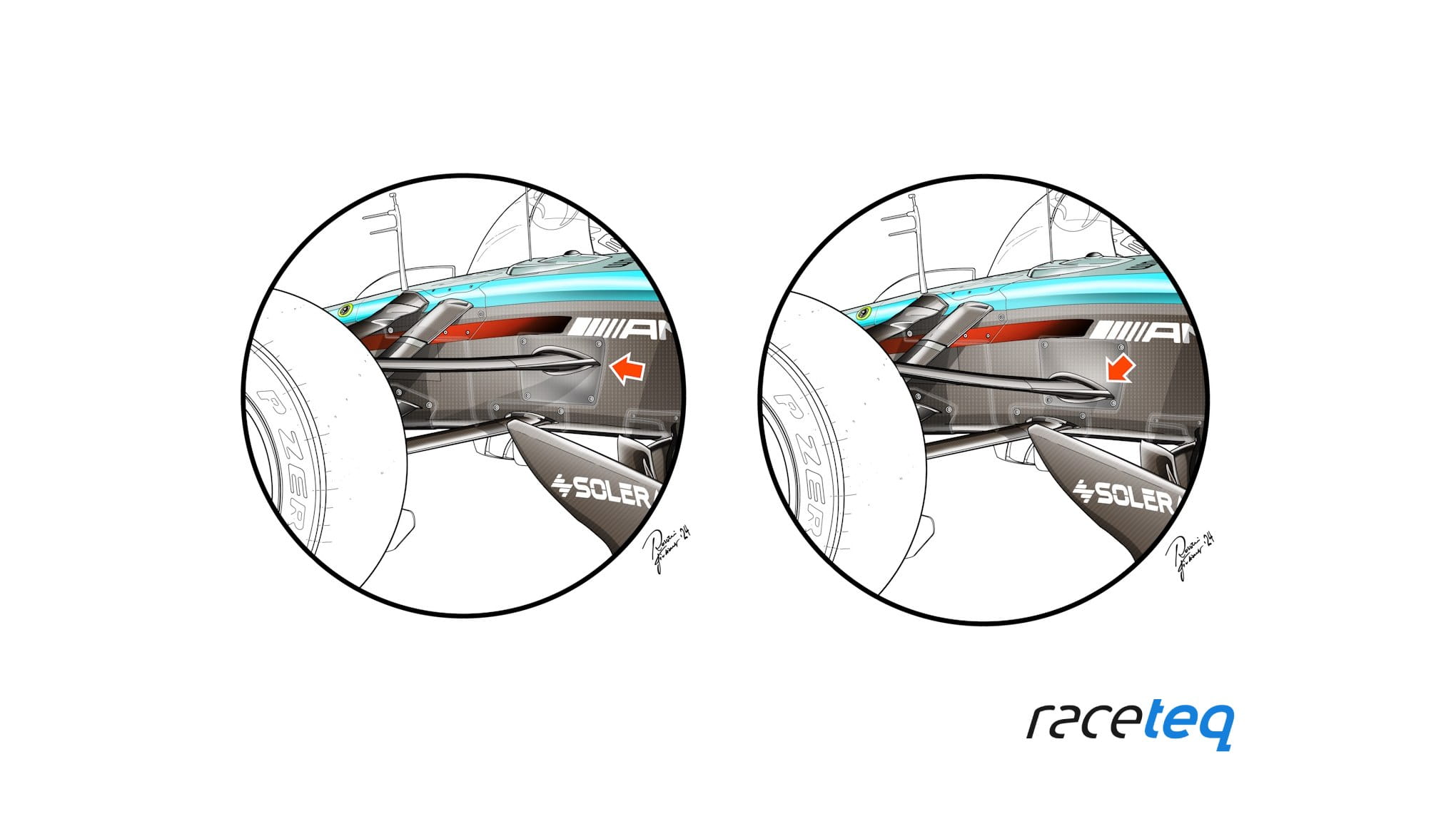
An illustration showing how Mercedes’s chassis accommodates a variable front suspension layout
The chassis has been designed by Brackley’s engineers to allow for variable front suspension arrangements, while the suspension links also play an aerodynamic role in deflecting airflow towards the rear of the car.
By running the suspension link higher up, airflow can be better directed towards the rear of the car; by running the suspension link lower down, Mercedes may be able to enhance its anti-dive effect, reducing how much the nose of the car sinks during braking to keep the platform stable and downforce consistent.
It remains to be seen whether the championship-winning team can compete with Red Bull this season – and whether it is on the right track for the years ahead.
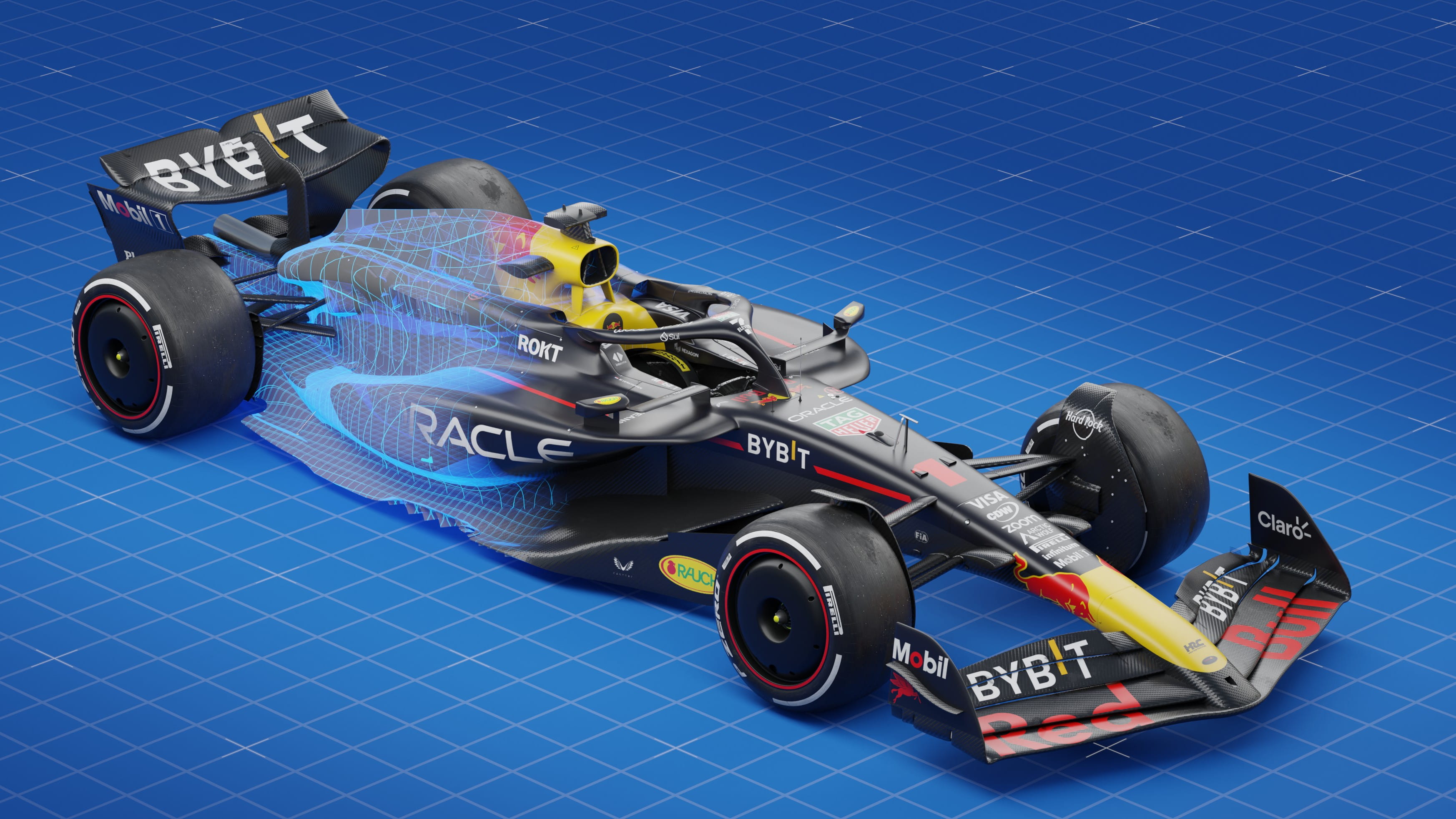
/xpb_1303968_hires/xpb_1309279_hires-(1)/xpb_1312121_hires/xpb_1317176_hires-(1)/xpb_1319965_hires-(1)/xpb1325482hires-1-1.jpg?cx=0.52&cy=0.64)
